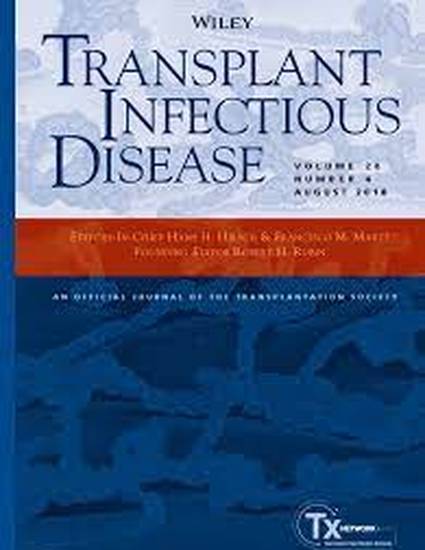
Article
Decreasing voriconazole requirement in a patient after extracorporeal membrane oxygenation discontinuation: A case report.
Transplant Infectious Disease
(2021)
Abstract
Patients receiving extracorporeal membrane oxygenation (ECMO) may display large decreases in drug concentrations due to increases in volume of distribution and drug binding to ECMO circuits, tubing, oxygenator, and coating materials. We report a case of a critically ill male with a 10-month status post-deceased donor renal transplant and being treated with voriconazole for suspected aspergillosis. Initially, multiple dose increases, up to 11.3 mg/kg/dose, were required while on ECMO therapy to obtain goal voriconazole trough concentrations between 2 and 5.5 mcg/mL. The patient's voriconazole dose requirement subsequently decreased to 7.3 mg/kg/dose after ECMO discontinuation, which represented a 45% reduction in voriconazole dose requirement. Based upon this experience, voriconazole appears to bind to artificial surfaces on ECMO devices. In addition to close monitoring of trough levels, it may be appropriate to empirically reduce the voriconazole dose in patients after ECMO discontinuation.
Keywords
- adult,
- antifungal agents,
- extracorporeal membrane oxygenation,
- pharmacology
Disciplines
Publication Date
June, 2021
DOI
10.1111/TID.13545
Citation Information
Peterson EL, Chittick PJ, Richardson CL. Decreasing voriconazole requirement in a patient after extracorporeal membrane oxygenation discontinuation: A case report. Transpl Infect Dis. 2021 Jun;23(3):e13545. doi: 10.1111/tid.13545. Epub 2020 Dec 26. PMID: 33316840.
